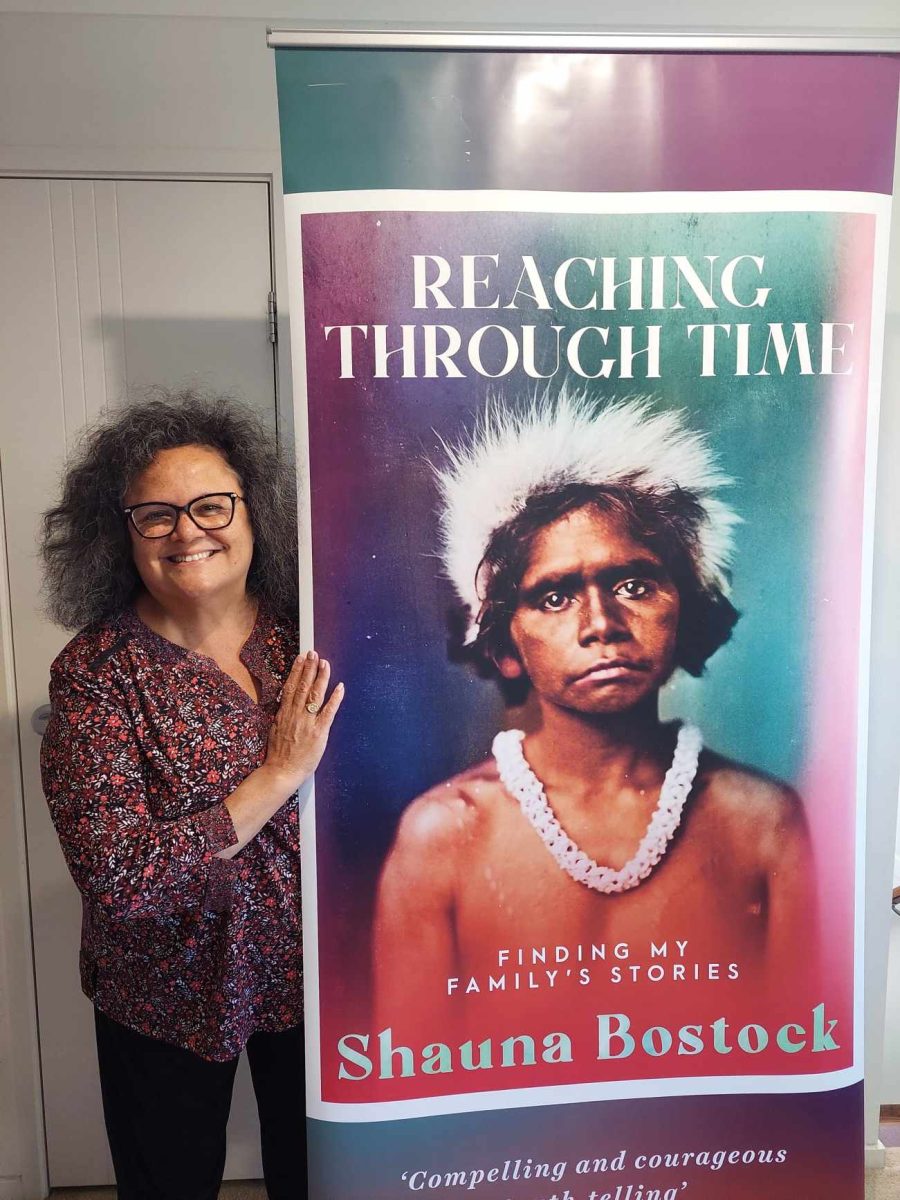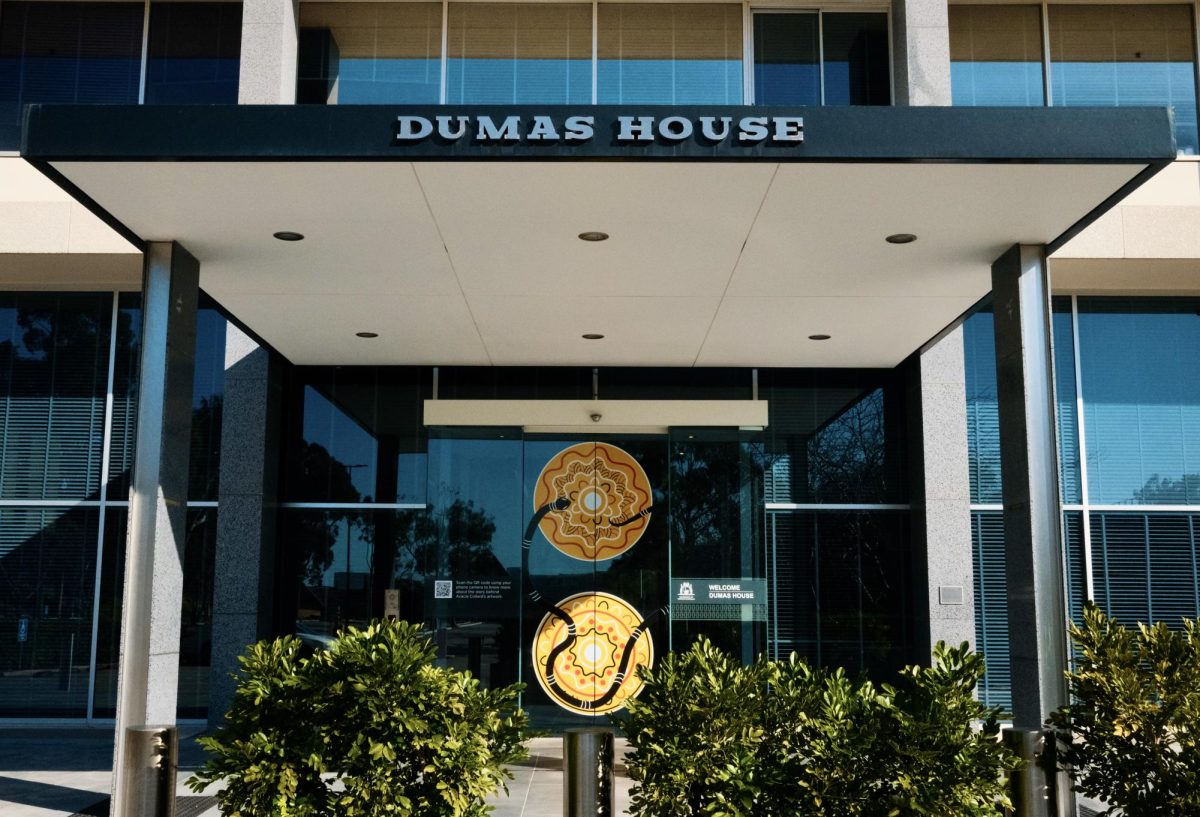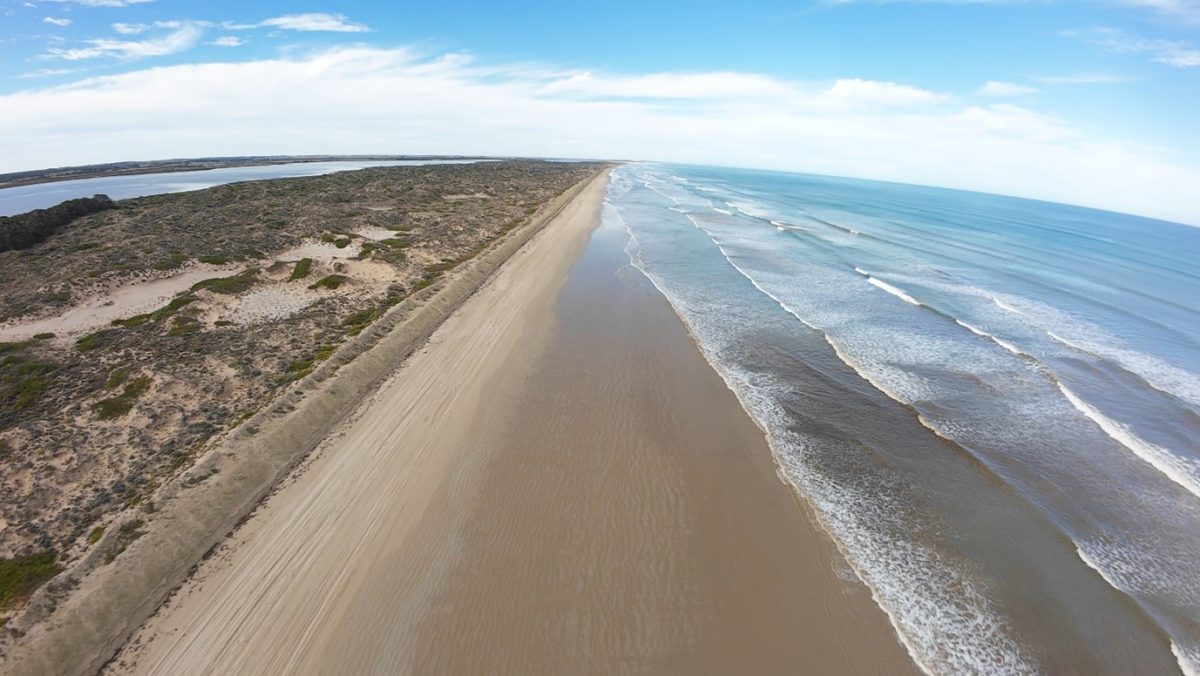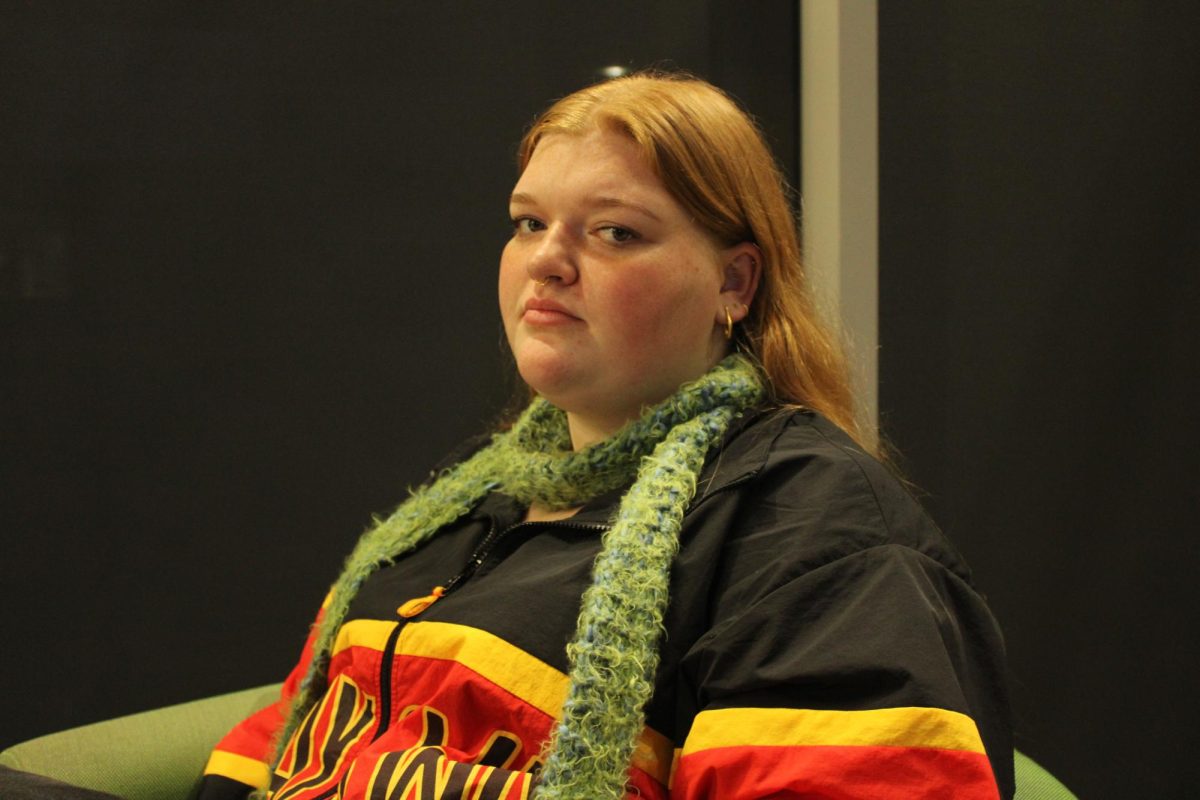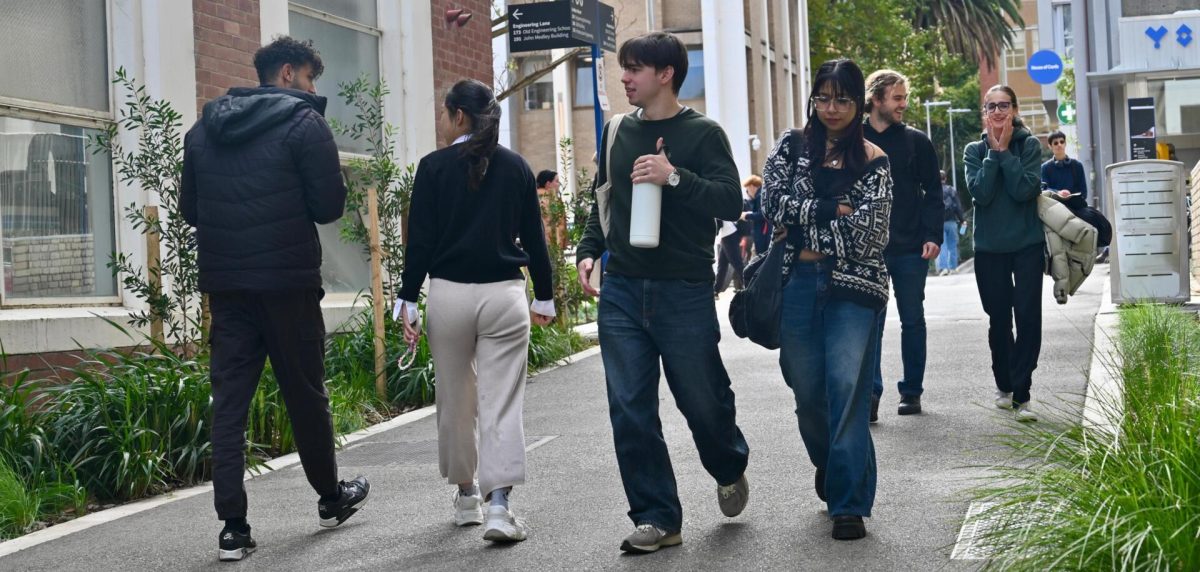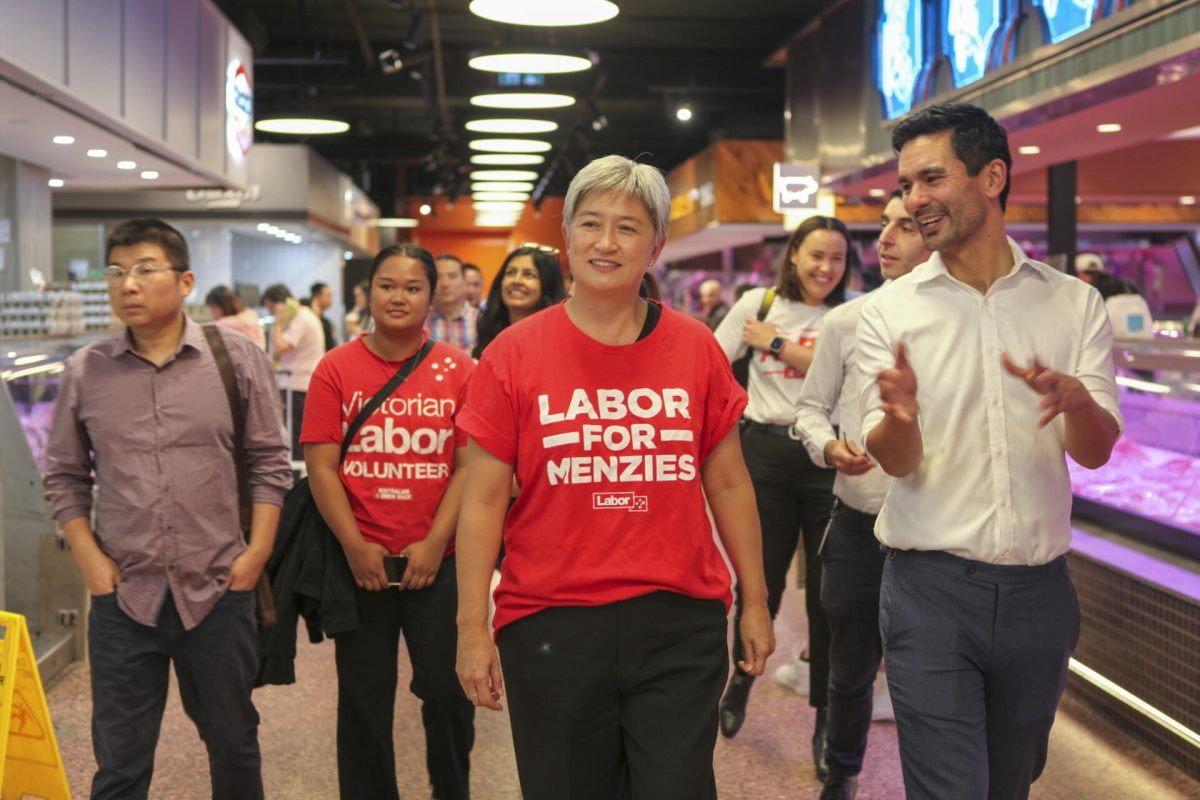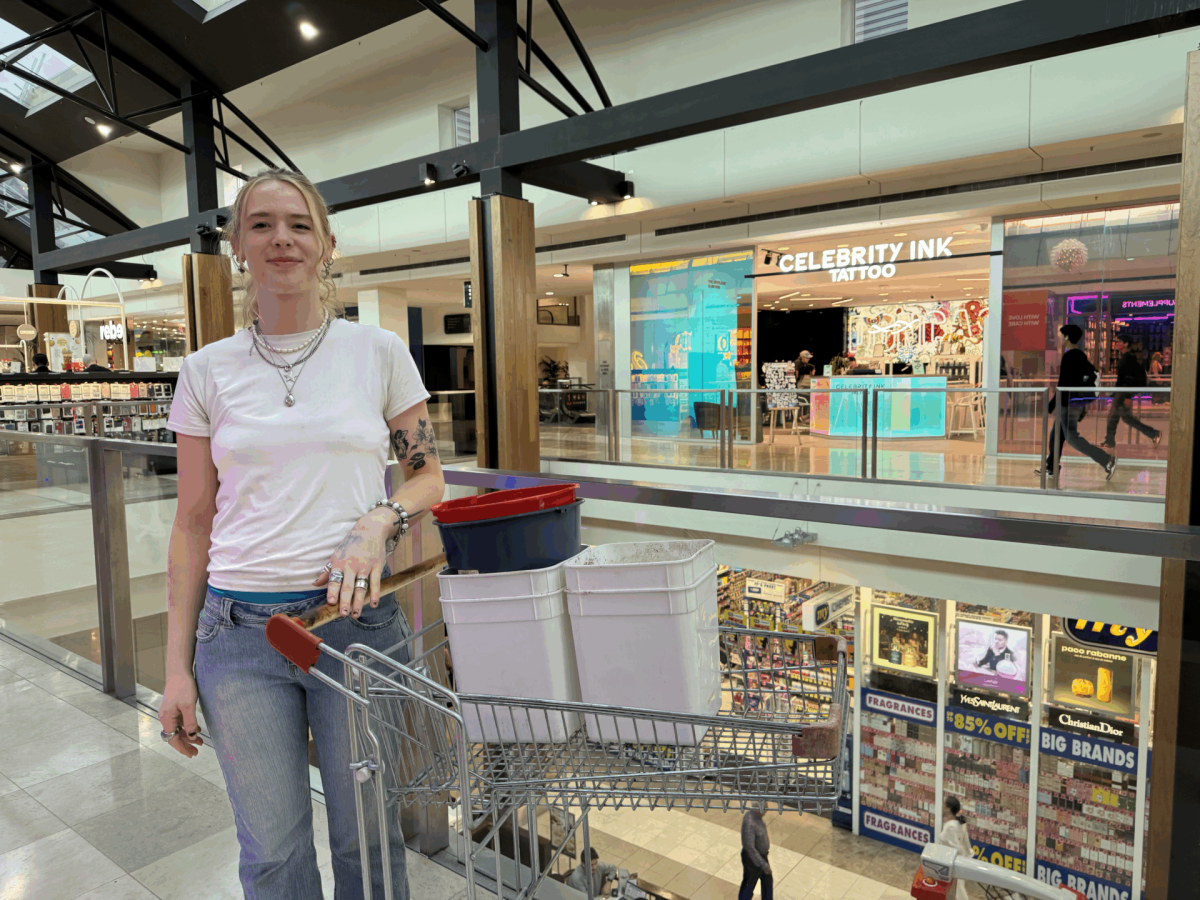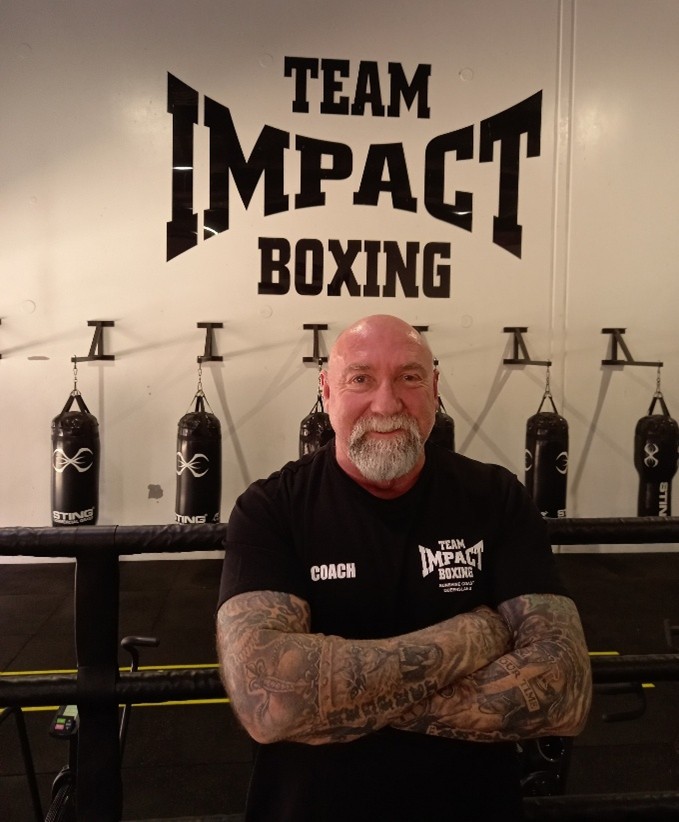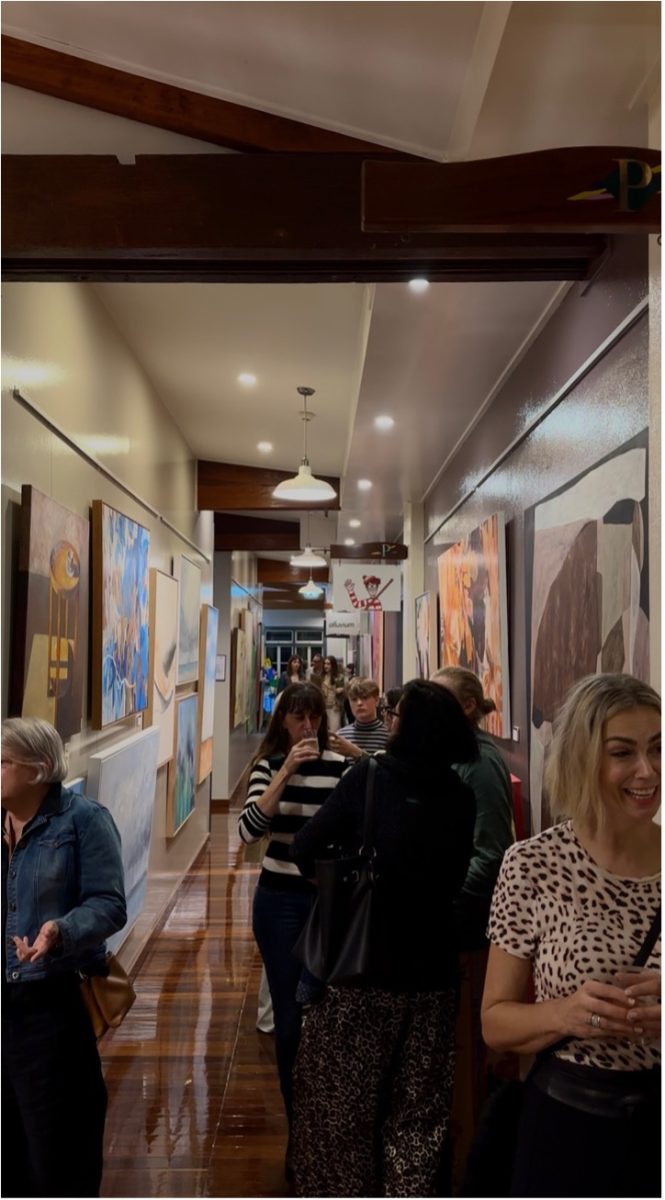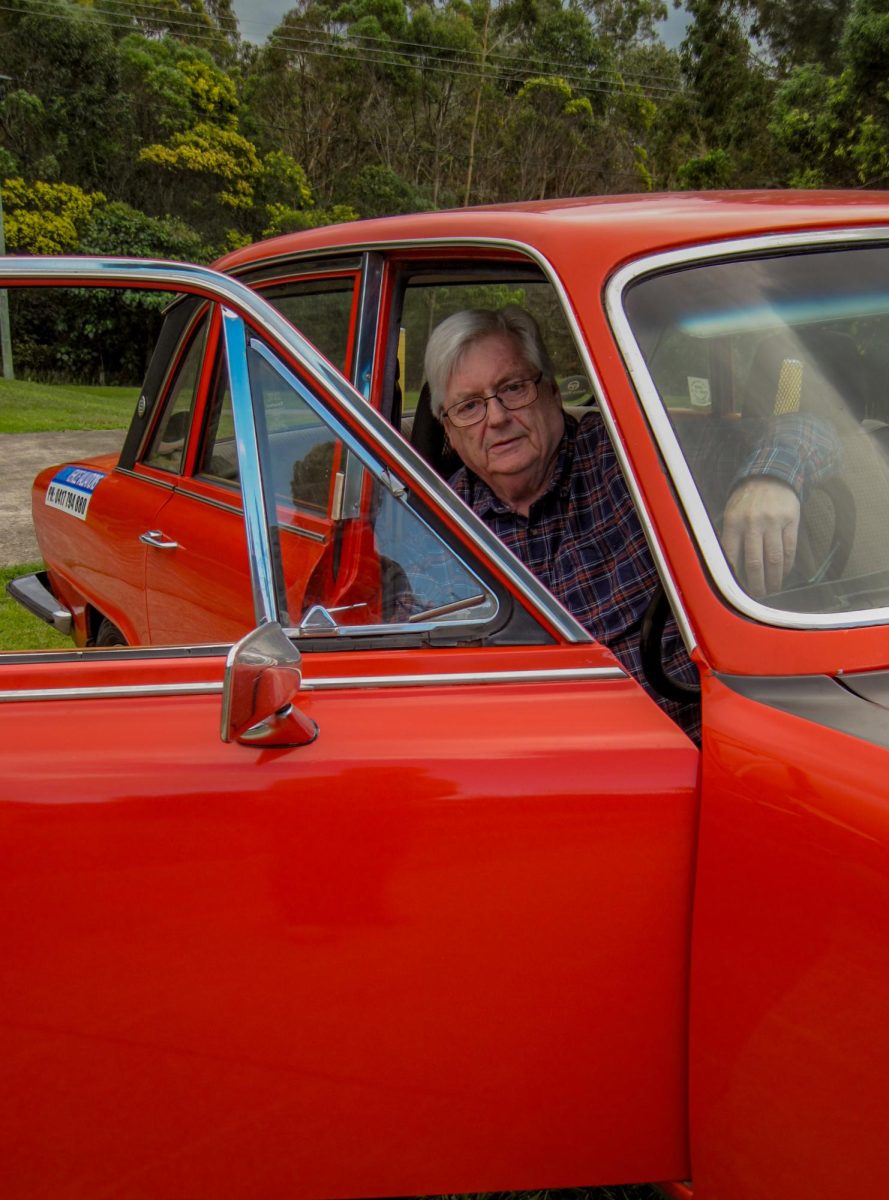In the wide hinterland of Central Queensland, the North Burnett region stretches across orchards, cattle stations, and townships steeped in history. Gayndah, the region’s “citrus capital”, bursts with colour during harvest, its air thick with the tang of oranges. Monto and Mount Perry speak to gold rush legacies and rugged peaks, while Mundubbera and Eidsvold echo with pastoral pride. Life here moves to the rhythm of community shows, rodeos, and festivals, where neighbours gather despite the harsh cycles of drought and sudden renewal.
But behind the beauty lies unease. Residents are grappling with a 25 per cent rate rise – a sharp increase that weighs heavily on families, farmers and small businesses already stretched thin. In North Burnett, resilience remains, but it is being tested like never before.
With living costs already high, residents say the latest hikes are pushing budgets – and patience – to the brink.
Farmers under extra pressure

Local farmer Peter Tucker, owner of Wilga Ridge, has lived in the Mundubbera area for 39 years. Together with his wife Julie, he has raised children and built a citrus farm that now produces mangoes and table grapes for both markets and commercial sale. Sitting on his veranda in his beige wide-brim farm hat, faded light blue shirt and well-worn farm boots, Tucker is worried about the rate rise’s effect on his business.
“It will affect our bottom line as a business in relation to profit and loss … this situation has never occurred before in the time I have lived here,” Tucker says.
Many community members are concerned. Taking to social media, they question how this rise is meant to encourage population growth for the region. New residents received an even greater shock after moving here under the assumption of lower rates.
Rise the state’s steepest
Council rate rises are not uncommon across Queensland, with many councils raising them this financial year. But North Burnett’s is the highest; next down on the list is Toowoomba at 9.5 per cent and the Sunshine Coast with a 7.4 per cent increase to their general minimum rate. In comparison the North Burnett’s 25 per cent increase feels extreme.
The steep increase is put down to poor past management: North Burnett Mayor Les Hotz says the previous administration made errors in ensuring their revenue changed along with the economic environment. He says a gradual rise would have eased today’s burden.
“Had they (the previous council), instead of putting the rates up by 1.8 per cent or 3 per cent or 5 per cent, lifted our rates by 8 per cent each year it wouldn’t have been a burdensome amount. We wouldn’t be in the position we are in today,” Hotz says.
North Burnett Regional Council chief executive Craig Matheson says this not raising rates enough to keep pace with expenses has been an issue for more than a decade.
“We’ve got a very long history over 18 years of not generating enough revenue to cover the cost of operating the business of council,” Matheson says. “That is just continuing to worsen our overall financial position.”
Community pays price for lack of cashflow
This poor financial state is undermining the ability to maintain cashflows, effectively pay bills, and more importantly affects the council’s ability to reinvest in community facilities. But the situation could not have happened to a poorer region. With almost 20,000sq km across six townships with no other big commercial or industrial bases means that funding for community facilities relies heavily on ratepayers’ money. With a stagnant population of 10,482 people across those six towns it is not enough to cover everything. So, the region also relies on grants and funding to cover the gap that ratepayers can’t close.
Due to the region’s current financial position, it has made it harder to receive relief from State and Federal governments.
“If you want the other levels of government to come to the table and offer meaningful, recurrent financial assistance to council, the first thing that they will ask is ‘what have you done to help yourself?” Matheson says, commenting on his experience from his time in state government. Matheson says the new Budget is difficult, but the rates increase demonstrates to State and Federal governments that the North Burnett Regional Council is willing to make difficult decisions to better the region’s position.
Short-term pain to shore up future
Matheson denies residents were given short notice, arguing there is a digital footprint on the council’s webpage dating back to February 2025 to prepare for the significant rise. Matheson also released a 15-minute video on council social media channels explaining that a massive change must be made to fix the region’s current deficit and since June, Hotz has been communicating through his weekly columns – printed in all customer service areas and in the council’s newsletter – that a significant rise in rates is coming.
The vote for implementation of the increase was made on Monday, July 7, 2025, with the rates bill being sent out to residents on Tuesday, August 12, 2025. Despite all this, young adults who have recently bought houses in the region surprisingly don’t feel as affected.
Hayden Crofts purchased his house a few months before the rates rise and accepts the reality of saving harder.
“It hasn’t been a huge issue for me with the recent rates: I guess I just need to ensure I keep saving as much as I can to counter the next rates. It’s more difficult with one wage but possible I may need to sacrifice personal purchases and things like that,” Crofts says.
The North Burnett’s story is not just about rates, but about resilience. A 25 per cent rise has left many households and businesses reeling, yet it has also laid bare the reality of a region long underfunded and stretched thin. Without mines, power stations or industry to lean on, its residents shoulder the burden of keeping 19,708sq km afloat.
Council insists the pain now will strengthen the future, but the true test lies ahead: whether this rural heartland can turn crisis into renewal, or whether rising rates will erode its fragile foundations.



